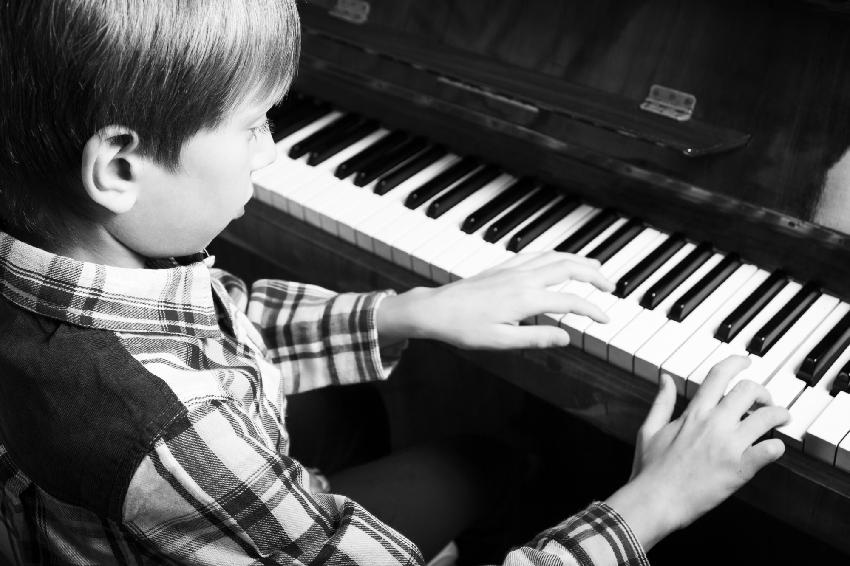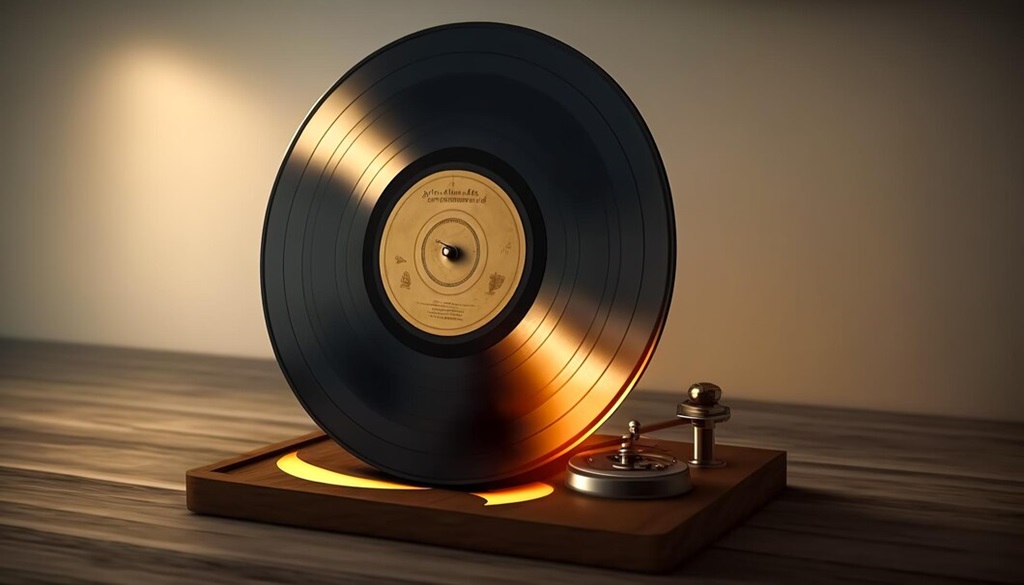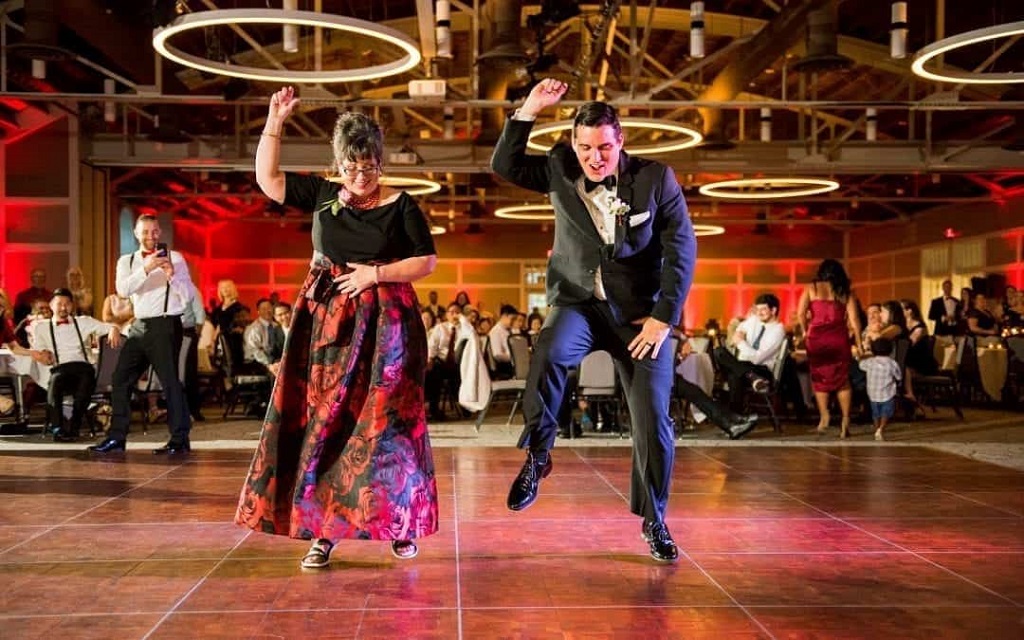
Do you have a hard time moving forward on a difficult song? We’ll help you get on the right track with these handy tips and tricks.
Learning to play a song on the piano can be frustrating: it can take several weeks of practice before you notice any sign of improvement. But with the right practice methods, your learning will be faster. Here are four essential piano-playing tips that will help you make rapid progress without losing any motivation.
It All Starts With A Good Song

A good song is the best motivation you can have when learning to play the piano. Of course, you should know a few basic rules before you start. For example, which keys you should play and what posture your hand should be in. You shouldn’t get too worked up about this either, just spend a couple of days on it. Choose a song and get to work!
Choosing the right song can be more complicated than it seems. It is the most important of all. If it’s too easy, you’ll get bored right away, but if it’s too hard, you’ll end up frustrated. Try to find a simple transcription of a song or piece of classical music that you really like. In flowkey, all songs suitable for beginners are marked in green in the corner. If it’s your first time with the piano, you’d better take a look at our Getting Started section. There you will find songs to familiarize yourself with the piano little by little. In this way, you will always find a song according to your abilities.
It is not only important to listen to the chosen song, but also to observe how it is played on the piano. Plus, you’ll have to look at the sheet music too! With these three things, you’re ready to go.
Let’s Go By Parts!
Once the song is found, start by dividing it into small sections of 4 to 10 seconds. why? When you practice piano, your brain goes into overdrive. You have to memorize new and complex hand movements, and it’s normal that you can’t store them all at once. Studies have shown that performing repetitions of 4 to 10 seconds is ideal for your brain to stay focused and not disconnect.
So try to learn one section each day instead of trying to play it all at once. Our Loop feature allows you to practice for short periods. All you have to do is mark the section you want to practice and hit Play to work on it.
With this technique, you’ll master any song in no time and notice improvements day by day, keeping your motivation through the roof!
Give Yourself A Break
Before trying to play with both hands at the same time, make sure you can use each one separately. This is important since, as we have just seen, the brain cannot store so much information at once. When learning a new piece, our brain will be saturated if we start playing it with both hands from the beginning. Chances are you’ll have trouble coordinating your movements!
The key is to practice each aspect of the piece separately. And this applies to both the left and right-hand parts. By clicking on the hand symbols, you can choose to practice with your right hand, your left hand, or even both at once if you look confident.
Now let’s elaborate on a simple learning method:
Monday: Learn the first section. Spend 5 minutes on the right hand, another 5 on the left, and finally another 5 on both hands at the same time.
Tuesday: Learn the second section. Spend 5 minutes on the right hand, another 5 on the left, and finally another 5 on both at the same time. Then spend another 5 minutes playing the two sections one after the other.
Wednesday: Learn the third section. Spend 5 minutes on the right hand, another 5 on the left, and finally another 5 on both at the same time. Finally, spend another 5 minutes playing the three sections you have learned.
If you do the calculation, you will see that the recommended method is to practice for 20 minutes a day. Does it seem little to you? Well, then continue to the fourth tip.
Practice Every Day
You will notice better results if you practice 20 minutes a day instead of two hours on the same day of the week. It’s not about how much you practice, but how often. That’s why it’s better to do two 20-minute sessions a week than one 40-minute session, and let’s face it: it’s easier to sit at the piano for 20 minutes every day. Make piano exercises a habit you can keep. If you have the willingness and motivation to practice, the songs will roll for you!
I hope these piano-playing techniques help you get through the heaviness of practice. In fact, this article should make you want to play right now… Enjoy!
You may also be interested in 10 useful tips to play the guitar better


 Most Popular Songs With Baby in the Title
Most Popular Songs With Baby in the Title  The Songs Everyone Knows but Not the Name
The Songs Everyone Knows but Not the Name  Get Up and Dance! Songs Like Cupid Shuffle to Keep the Party Going
Get Up and Dance! Songs Like Cupid Shuffle to Keep the Party Going  How to Memorize Violin Note Chart Quickly?
How to Memorize Violin Note Chart Quickly? 


